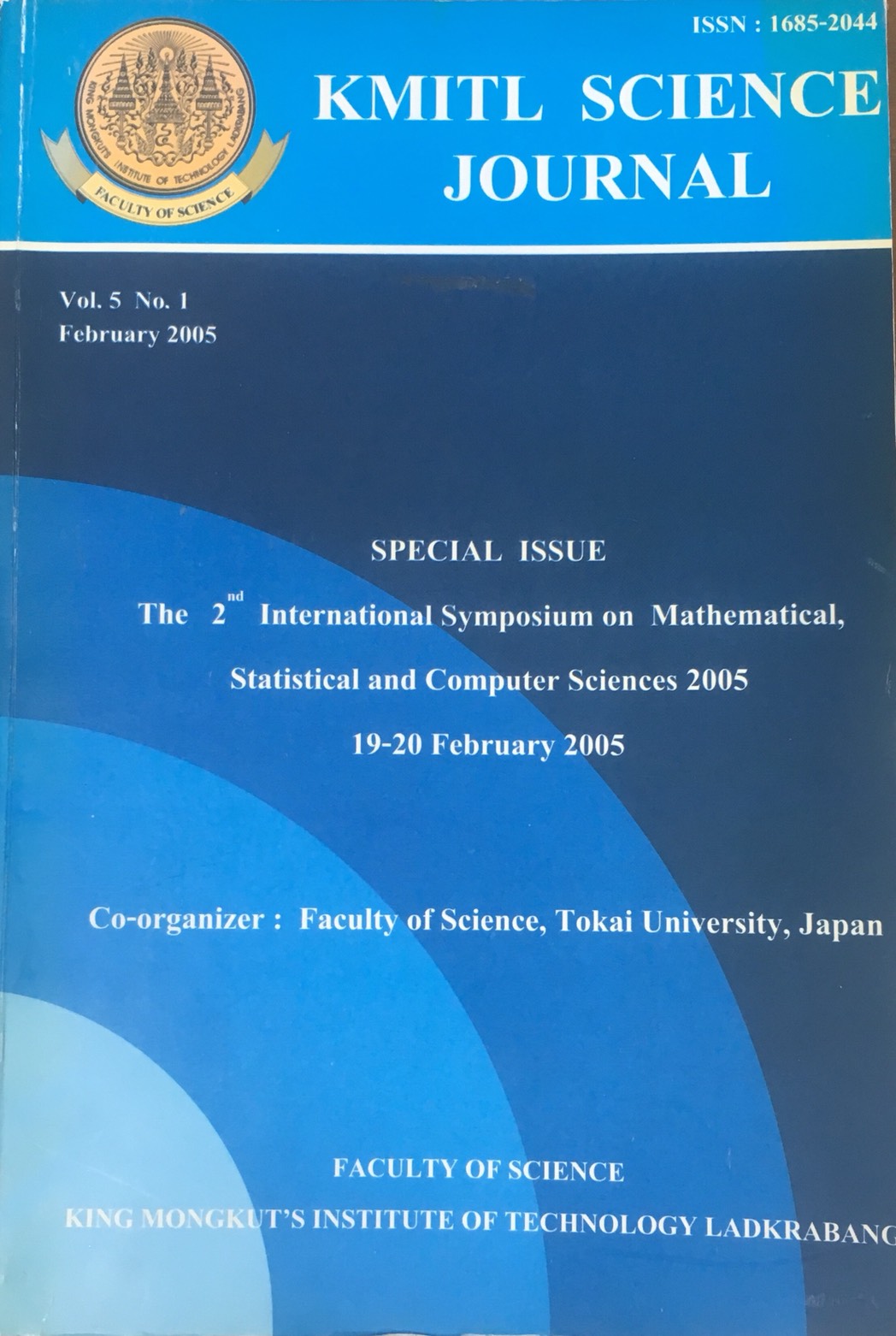At least two changes are needed to achieve the campaigns of Health For All as it was urged by the World Health Organization 1987: healthy environment and healthy lifestyles. In this paper, secondary data of rural provinces in Thailand were collected in the year 1993. The purpose was to investigate territorial health situation before the big economic crisis by use of canonical health model. Health, as a part of level of living components, was considered and represented by 5 subsets and 8 sub-subsets of health needs. Based on 26 admissible health and health-related phenomena, 14 admissible indicators were available. They consist of 5 input (predictor) indicators and 9 output (outcome) indicators. Selection of indicators was done, both for the input and output sets. Testing hypothesis, redundancy analysis and interpretation of coefficients were also examined. Result revealed finally a single canonical health model that existed to explain the rural health of Thailand.
Keywords: input and output sets, canonical equations, canonical correlations, canonical loadings, canonical cross-loadings, redundancy analysis
Corresponding author: E-mail: krnahath@kmitl.ac.th
Ratree, N. . (2018). Canonical Health Model for Thailand: Rural Health 1993. CURRENT APPLIED SCIENCE AND TECHNOLOGY, 392-403.
